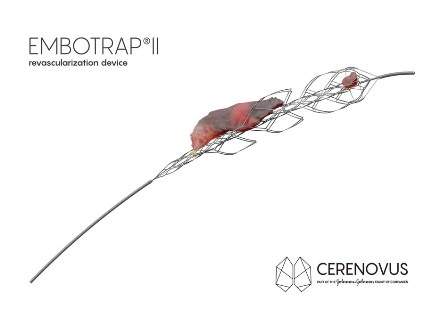
The Embotrap II revascularization device will be used to collect and analyze stroke-inducing blood clots removed from the brain in the Excellent Registry.
Embotrap II is a next generation stent retriever designed for use in mechanical thrombectomy.
The registry will recruit around 1,000 ischemic stroke patients in more than 50 clinical sites in the US and Europe.
The registry will collect real-world evidence from all patients and preserve clots to determine how different clot characteristics including size, composition and density will impact or connect to patient comorbidities, clinical outcomes and revascularization rates.
Cerenovus president Daniella Cramp said: “This is a landmark registry study that will provide real-world data on the EMBOTRAP II Device while advancing the scientific community’s understanding of how variations in blood clots correlate with treatment and outcomes.
“We believe thoughtful and extensive research into the science of blood clots is the key to developing the most effective endovascular treatments and bringing its benefits to the greatest number of stroke patients.”
Based on extensive clot research, Cerenovus has designed the Embotrap II device, which is provided with a dual-layer design to help doctors to maintain engagement and control various clots with minimal compression during removal.
Earlier this year, the company secured approval from the US Food and Drug Administration (FDA) for the Embotrap II device. It has been marketed in Europe, since 2016.
Cerenovus also developed geometric clot extractor (GCE) revascularization device to retrieve various thrombus types, including fibrin-rich thrombus (hard) or RBC-rich thrombus (soft).
The company secured CE mark approval to market the device in the European Union. The company is also carrying out a controlled evaluation study before commercial launch to evaluate its clinical utility and potential advantages compared to existing technologies.
Cramp further added: “We are excited by both the clinical insights the Excellent Registry will provide and the possibilities for GCE in helping to bring the benefits of mechanical thrombectomy to difficult to treat stroke patients.”






